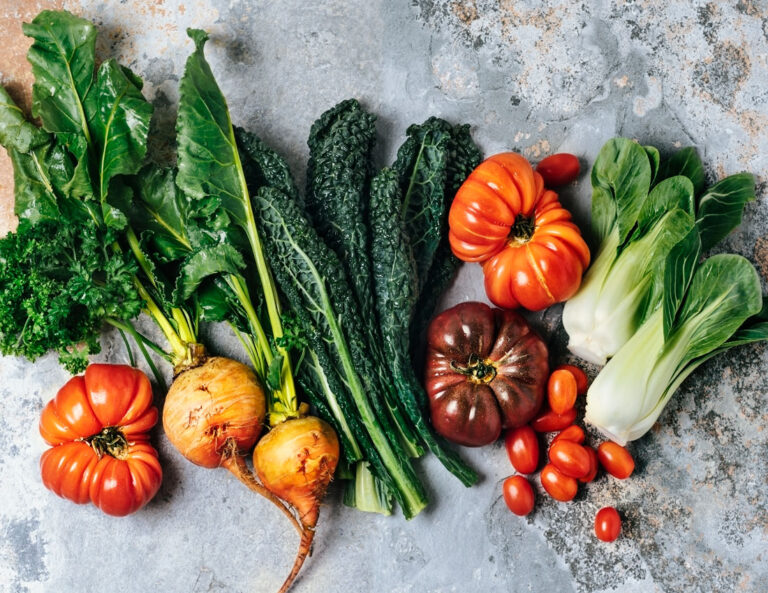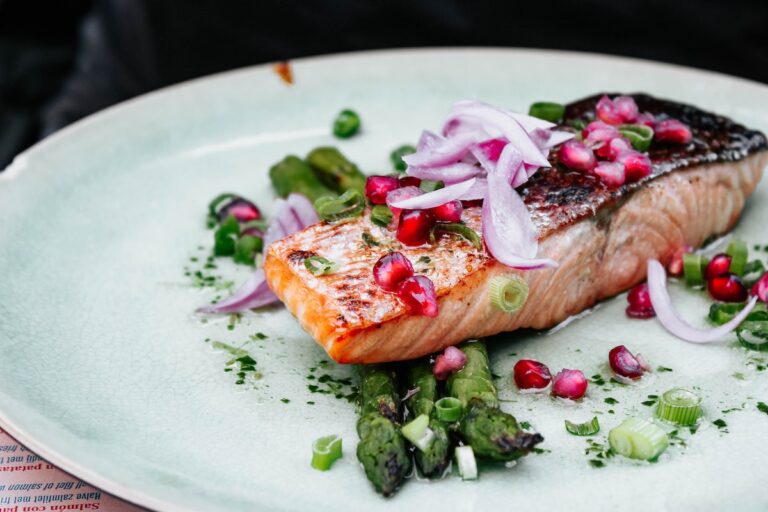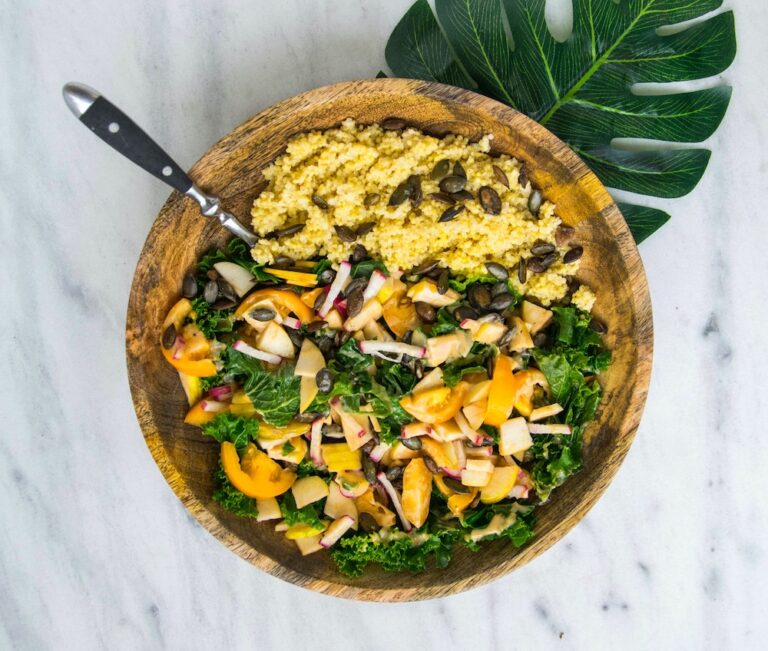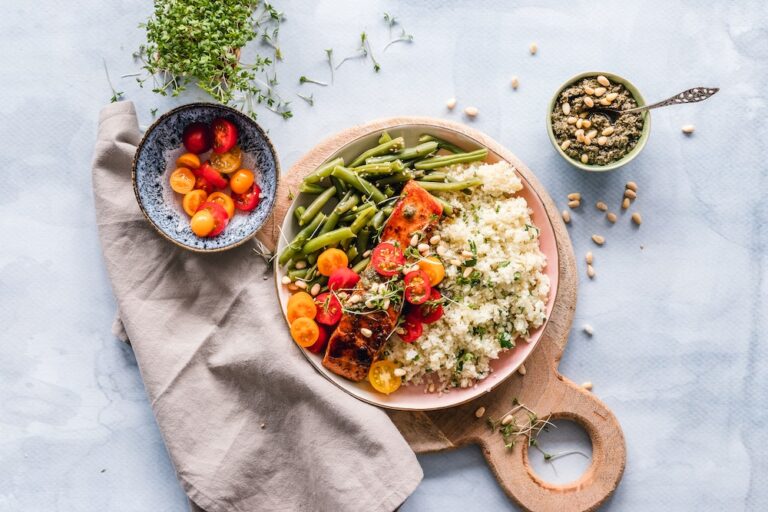The Significance of Healthy Snacking
Many people grow up being told that eating snacks throughout the day isn’t the best way to fill hunger, but that isn’t necessarily true. Practicing healthy eating habits, like those we encourage through Sage Collective’s 9 Ways of Vibrant Living, certainly plays a significant role in the body’s health and wellbeing, but so does snacking. Discover the significance of healthy snacking and a few of the many benefits it provides below:
When snacking, it’s important to remember to stick to the same guidelines you apply to other foods and choose fresh, natural and plant-based foods. After discovering which foods to add to your snacking list, adding them to your daily diet produces countless lifestyle benefits. Here are just a couple:
Fuels Movement
Sometimes all you need is a boost of energy to get you through the rest of the day when you’re feeling tired, and a snack is the perfect solution! When you’re not hungry enough for a full meal but need to pick me up, having something to snack on by your side is a great way to fuel you through the rest of the day. However, avoid foods normally associated with refueling, like soda. Instead, choose nutrient-rich snacks like a healthy trail mix or energy bar.
Prevents Overeating
It’s easy to get hungry in between meals, and when you don’t have a snack, it’s even easier to overeat. Having food to snack on between mealtimes is essential to prevent overeating. Grab a fruit full of healthy carbs like a banana or a protein-packed snack like nuts or yogurt. Not only will this reduce the amount of time between meals – in turn reducing hunger – but it also provides your body with a variety of nutrients it might have required or craving throughout the day.
Improves Focus
Another great benefit of snacking on your favorite foods throughout the day is the impressive ability to help improve concentration. When blood sugar drops and metabolism slows, the body becomes cranky, tired and distracted from the present. Thankfully, you can easily prevent a poor mood and sluggish productivity by adding snacks to your daily regimen!
Next time you feel bad about grabbing a midday snack, don’t! The right snacks can fuel you through the day, improve your focus and empower your body to stay healthy for the long haul.











